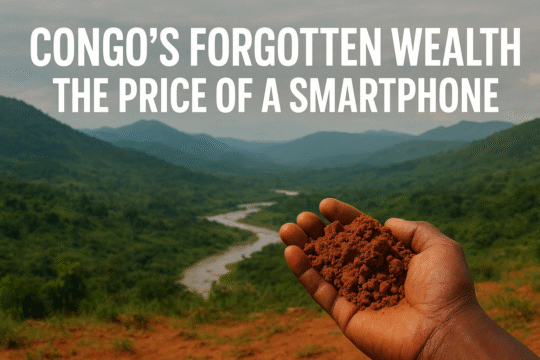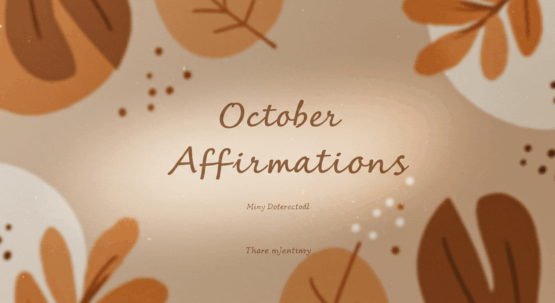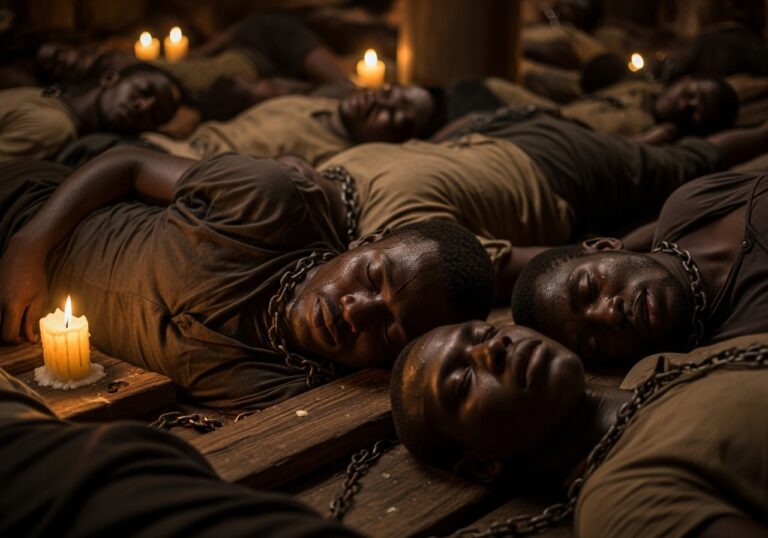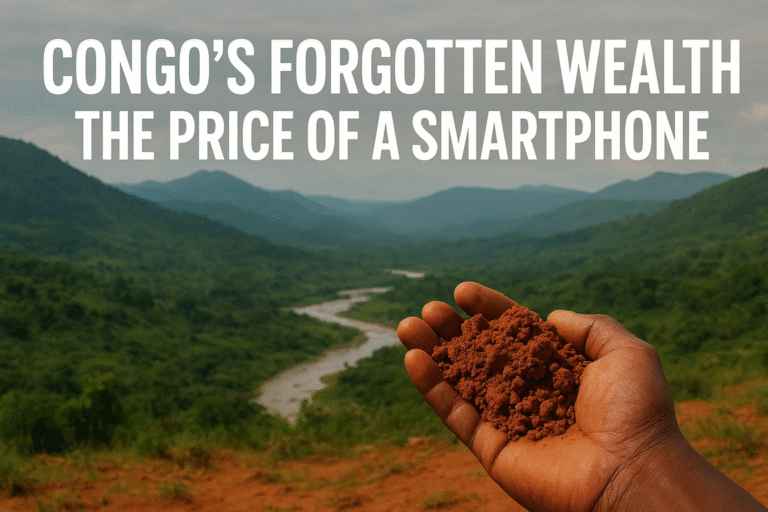On a sticky summer afternoon in Charlotte, the sound of basketballs hitting pavement used to echo through Sheffield Park. Kids who didn’t have money for club sports, who didn’t have backyards big enough for hoops, gathered here. Neighbors say the court was always full — sometimes too full — but it was alive. Then one morning, the hoops were gone. In their place: white nets strung across new lines, a fenced-in rectangle tailored not for the kids who grew up there, but for the rising tide of pickleball enthusiasts. The message was quiet but clear: this space is no longer for you.
That scene in Charlotte isn’t just about sports. It’s about a deeper, often invisible shift in how cities are built — and for whom. Walk through almost any downtown and you’ll notice the signs if you’re looking: benches cut into sections so no one can lie down, sharp studs embedded into ledges where someone might rest, sprinklers that mysteriously spray at night, high-pitched frequencies that teenagers can hear but adults can’t. This isn’t coincidence. It’s called hostile architecture — a design philosophy that hides poverty, disperses youth, and makes certain people uncomfortable enough to disappear.
It’s easy to overlook because it hides in plain sight. But once you see it, you can’t unsee it. The shapes of our benches, the textures of our sidewalks, the rules written into the very concrete of our cities — all of it tells us who belongs, and who doesn’t.
What is Hostile Architecture?
Hostile architecture (sometimes called defensive design, exclusionary design, or unpleasant design) is the deliberate shaping of public space to control behavior. On the surface, it looks like design choices. In practice, it makes certain human activities — sleeping, gathering, skateboarding, lingering — difficult or impossible.
The targets are rarely named outright, but they’re obvious: unhoused people, young people, skateboarders, low-income residents, anyone deemed “undesirable.” Instead of policing directly, the city embeds policing into the environment itself.
How It Shows Up in Our Cities
Benches That Refuse Rest
Walk through a bus terminal or park and you’ll see benches with extra armrests or sloped designs. They look modern, sleek, maybe even “efficient.” But they’re built to prevent one thing: lying down. Who lies down in a park? People without a home. But the impact isn’t limited — older adults, pregnant women, or anyone exhausted also lose a place to stretch out.
The infamous Camden bench in London is the perfect example: built with angles that deter sleeping, shaped to repel skateboards, resistant to graffiti, and even designed so no small object could be hidden underneath. It was branded “indestructible.” What it really was: unwelcoming.

Spikes and Studs on Flat Surfaces
Look down in certain doorways, ledges, and alcoves, and you’ll find metal studs. These are anti-homeless spikes — brutal in their simplicity. They turn potential sleeping spots into jagged terrain. London, Montreal, Shanghai, and U.S. cities have all been called out for this. After public outrage, some were removed. But the practice hasn’t stopped — it just moved out of the spotlight.
Water as a Weapon
In New York, London, and San Francisco, businesses and institutions have installed timed sprinklers above sidewalks or alcoves. They soak the ground at night to make sleeping impossible. People have woken up drenched, belongings ruined, in the middle of the night. Strand Bookstore, auction houses like Bonhams, and hotels have all been caught using this tactic. Imagine being already unhoused and then deliberately hosed down — that’s not maintenance, that’s cruelty dressed up as cleanliness.
Sonic Devices
Then there’s “The Mosquito” — a device that emits a high-frequency sound only younger people can hear. It’s been installed outside shops, in parks, even near schools. The idea is to make teenagers so uncomfortable they won’t loiter. In Philadelphia, the device was blasted across parks that had long been safe gathering spots for Black and brown teens. To adults, the space seemed quiet. To young people, it was unbearable.
Anti-Skate Fixtures
Skateboarders face their own version of hostile design: extra rails, welded bumps, planters, and rough textures added to ledges. These aren’t random. They’re placed to disrupt the smooth edge of a trick. Officials frame it as “protecting property.” But for skaters, who often create community in these spaces, it’s another exclusion — another way of saying you don’t belong here.
The Court Conversions: Basketball to Pickleball
And then there are the big, visible transformations: basketball courts turned into pickleball facilities. On paper, it looks like updating recreation space. But the social dynamics are obvious. Basketball is cheap, accessible, often tied to youth — particularly Black and brown youth. Pickleball, in contrast, skews older, whiter, and more affluent.
In Charlotte’s Sheffield Park, hoops were removed and nets installed after complaints about crime and loitering. In Fort Lauderdale, a proposal to rip out iconic beach basketball courts for pickleball ignited outrage — residents called it cultural erasure. These aren’t neutral swaps. They’re decisions that reshape who the city is for, and whose presence is treated as a problem.
The Human Cost
What hostile architecture does best is hide. It doesn’t reduce homelessness, youth presence, or poverty. It just makes those realities less visible. The result?
-
Unhoused people are pushed into more dangerous, marginal spaces, where they’re harder to reach with services.
-
Youth and community members lose gathering spaces — courts, benches, stoops, public corners. They’re told over and over: your presence is unwanted.
-
Everyone else inherits a city stripped of comfort. The elderly can’t lie back, the tired can’t nap, skateboarders can’t practice, parents can’t linger with strollers.
At its core, hostile design criminalizes existence in public when you don’t have private alternatives. Poverty, rest, adolescence — all treated as nuisances instead of human realities.
The Justifications
City officials and businesses often defend these designs. You’ll hear phrases like:
-
“We’re keeping the space safe.”
-
“We’re protecting against vandalism.”
-
“We’re addressing loitering.”
And sometimes, it’s true — a nuisance disappears. A business owner feels relief. But it’s a short-term fix at best. These designs don’t solve problems; they displace them. They make life harder for the vulnerable while preserving comfort for the already comfortable. That’s not safety — that’s selective safety.
Pushback and Resistance
Despite being subtle, hostile architecture sparks anger once people recognize it.
-
Charlotte: The Sheffield Park conversion drew letters, protests, and news coverage. Parents and teens spoke out about losing a vital community space.
-
London: Outcry over anti-homeless spikes led to protests and their removal outside luxury developments. Activists covered spikes with bedding, plants, even cement.
-
Philadelphia: Youth advocates demanded the city remove Mosquito devices from public parks, calling them discriminatory sonic weapons.
-
Policy: In some states, lawmakers have proposed banning hostile architecture in public spaces. In Vancouver, designers flipped the script by creating “bench-to-bed” designs that fold into temporary shelters at night — an inclusive alternative that proves cities can choose care over exclusion.

Why This Matters
Public space is supposed to be exactly that: public. It’s the commons. It’s where you eat lunch, wait for a bus, gather after work, skateboard until dark, or just exist when you don’t have anywhere else to go. When design itself becomes a form of policing, the city stops being shared. It becomes curated — safe and comfortable for some, hostile and punishing for others.
And the danger is subtlety. Because these features are small — an armrest here, a studded ledge there — they rarely make headlines. They get written off as nothing. But together, they add up to an architecture of exclusion, one that defines who gets to be visible in our neighborhoods.
What We Can Do
-
Name It — Awareness is the first weapon. Once you know what hostile architecture looks like, you’ll see it everywhere. Point it out. Call it by its name.
-
Document It — Photos, posts, local reporting — these spread awareness and build pressure. When spikes or sprinklers get exposed, cities are forced to answer.
-
Demand Policy — Push local councils and states to ban hostile architecture on public property. Public space should serve public need, not private prejudice.
-
Support Alternatives — Advocate for inclusive design: more seating, covered bus shelters, shared courts, “bench-to-bed” designs, and genuine community input before facilities are repurposed.
-
Center the Voices Affected — Youth, unhoused people, skaters — their testimony makes the issue real, not abstract. A spike is just metal until you hear the story of someone who had nowhere else to sleep.
Closing
Cities tell stories. Not just through murals and monuments, but through the silent details of their design. A bench that won’t let you lie down. A sprinkler that comes on at midnight. A court where the bounce of a basketball is replaced by the polite pop of a pickleball.
These stories matter because they reveal a truth: we’re not all welcome everywhere. Hostile architecture is a quiet violence, an everyday cruelty dressed up as urban order. It says to the most vulnerable among us: vanish. And it leaves the rest of us in cities that are colder, harsher, less human.
But design is a choice. And just as we’ve chosen exclusion, we can choose inclusion. We can demand cities that invite us to gather, rest, play, and exist — together.
Because the real question isn’t whether hostile architecture works. It’s whether this is the kind of city we want to live in.
Follow us on Facebook and Instagram for the latest updates and exclusive content!











